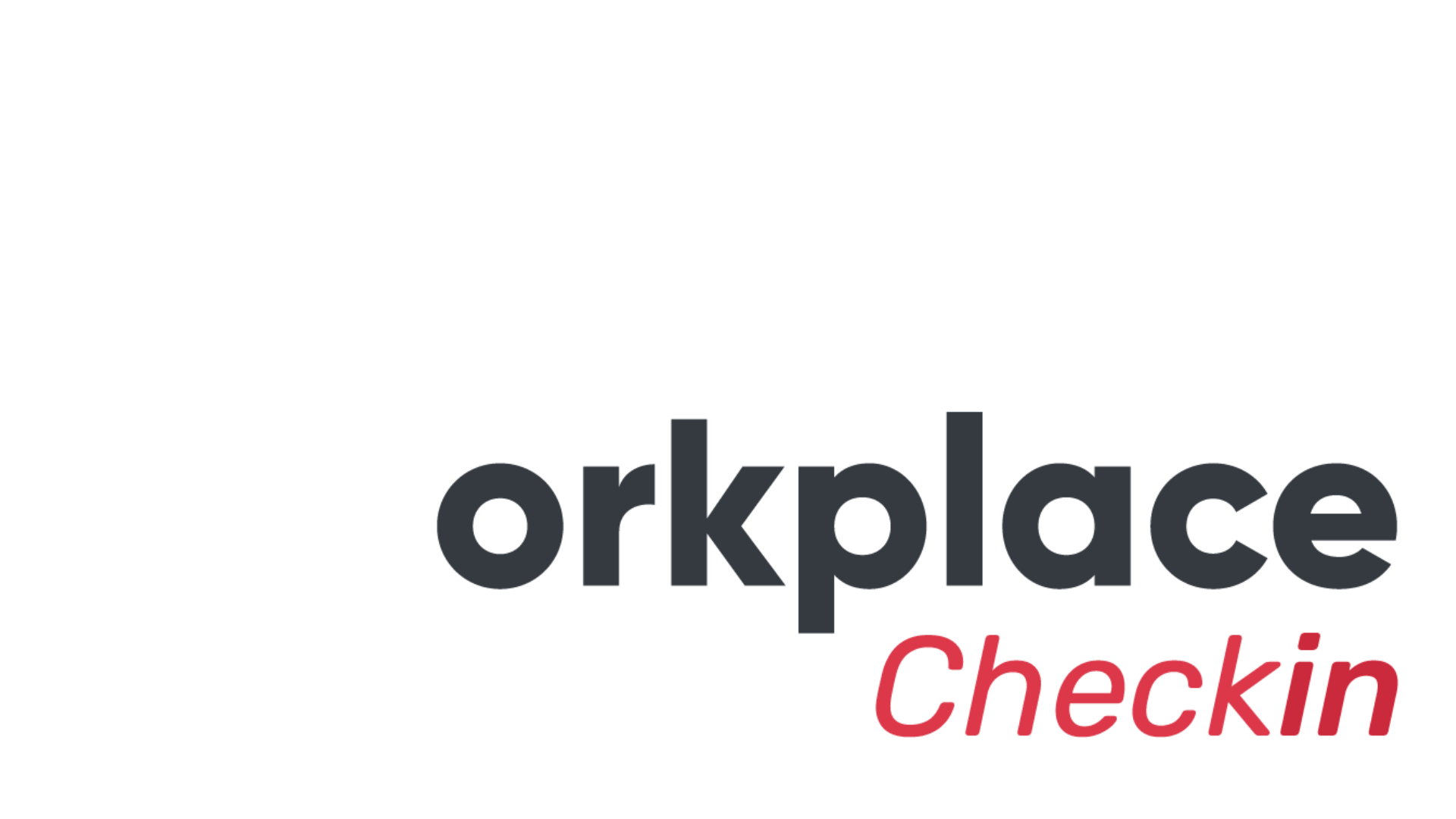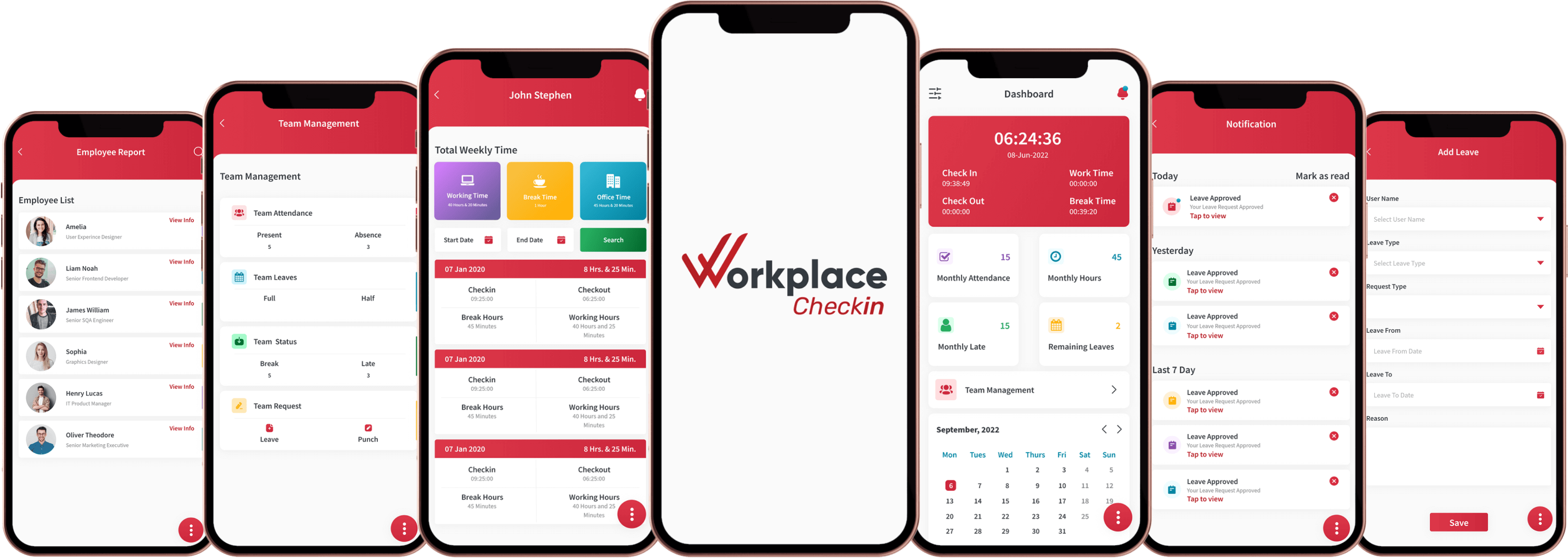

Employee Advocacy Programs: Leveraging Internal Champions for Brand Growth
Introduction
In the bustling landscape of modern business, where every brand vies for attention, a new phenomenon is taking center stage: employee advocacy programs. These initiatives harness the power of internal champions to propel brand growth, creating a ripple effect that extends far beyond traditional marketing strategies. But what exactly are employee advocacy programs, and how do they work? Let's delve into this captivating world of internal brand ambassadors, exploring real-life examples, statistics, and the profound impact they can have on businesses.
Imagine this: You walk into your favorite coffee shop, and the barista warmly greets you by name, enthusiastically recommending the newest blend they've just brewed. Or perhaps you're browsing online for a new gadget, and a customer service representative pops up with personalized recommendations based on your past purchases. These interactions feel genuine, authentic, and leave a lasting impression on you as a consumer. What if I told you that behind these interactions are employees who are not just doing their job but are genuine advocates for the brand they represent?

The Power of Employee Advocacy: Real-Life Examples
Starbucks: Crafting Connections, One Cup at a Time
Take Starbucks, for instance. With over 30,000 stores worldwide, Starbucks has mastered the art of employee advocacy. Their employees, known as partners, don't just serve coffee; they embody the Starbucks experience. From remembering customers' names to crafting personalized beverages, Starbucks partners go above and beyond to create meaningful connections with customers.
Adobe: Amplifying Culture Through #AdobeLife
One company that exemplifies the power of employee advocacy is Adobe. Through their Adobe Life program, employees are encouraged to share their experiences working at Adobe on social media using the hashtag #AdobeLife. Not only does this showcase the company's vibrant culture and values to the outside world, but it also fosters a sense of pride and belonging among employees, leading to higher levels of engagement and retention.
Dell Technologies: Expanding Digital Footprint Through SMaC Advocacy
Employee advocacy programs also play a crucial role in amplifying brand reach and credibility. Consider the case of Dell Technologies, whose Social Media and Communities (SMaC) Advocacy program has over 10,000 active employee advocates worldwide. These advocates share company news, industry insights, and customer success stories on their personal social media channels, significantly expanding Dell's digital footprint and enhancing its reputation as a thought leader in the tech industry.
The Impact of Employee Advocacy: Statistics Speak
In the realm of modern business, where data-driven decision-making reigns supreme, the impact of employee advocacy programs can be best understood through compelling statistics. These figures not only quantify the efficacy of such initiatives but also shed light on their profound influence on various aspects of brand growth and success.
1. Revenue Growth: A Tangible Measure of Success
The Hinge Research Institute conducted a study that yielded remarkable findings regarding the correlation between employee advocacy programs and revenue growth. Companies that have implemented such initiatives reported a staggering 26% increase in year-over-year revenue growth compared to their counterparts lacking such programs. This substantial uptick in revenue underscores the pivotal role that employee advocacy plays in driving tangible financial outcomes for businesses.

2. Conversion Rate Amplification: Turning Leads into Customers
One of the most compelling statistics emerging from the study is the 7 times higher conversion rate of leads generated through employee advocacy programs compared to other leads. This statistic highlights the significant impact of employee advocacy not only in attracting potential customers but also in nurturing them through the sales funnel to conversion. By leveraging the authentic voices of their employees, brands can establish trust and credibility with consumers, thereby increasing the likelihood of conversion.
3. Brand Visibility and Reach: Expanding Digital Footprint
Another key aspect illuminated by the statistics is the enhancement of brand visibility and reach facilitated by employee advocacy programs. When employees actively share content, engage with followers, and champion their organization's values on social media platforms, they effectively amplify the brand's message to a broader audience. This organic dissemination of content not only extends the brand's digital footprint but also fosters meaningful connections with existing and prospective customers, thereby enhancing brand awareness and engagement.
4. Employer Brand Strength: Attracting and Retaining Top Talent
In addition to driving external brand growth, employee advocacy programs also contribute significantly to strengthening the employer brand. Research indicates that organizations with robust employer brands experience 50% more qualified applicants and 1-2 times faster time-to-fill positions. By empowering employees to become brand ambassadors, companies foster a culture of pride and engagement, making them more attractive to potential recruits seeking purpose-driven workplaces. This statistic underscores the critical role of employee advocacy in talent acquisition and retention strategies.
Empowering Employees: How Employee Advocacy Programs Work
Employee advocacy programs are not merely about encouraging employees to share company content on social media. They represent a multifaceted approach to empowering employees to become genuine advocates for the brand, both online and offline. Here's a closer look at how these programs operate:
1. Training and Education: Building Brand Ambassadors
Central to the success of employee advocacy programs is providing employees with the necessary training and education on brand messaging, values, and guidelines. This equips them with the knowledge and confidence to effectively represent the brand in their interactions with customers, colleagues, and the broader community. Training sessions may cover topics such as the company's mission, vision, product offerings, and key messages to ensure consistency and alignment across all advocacy efforts.
2. Access to Resources and Content: Fueling Advocacy Efforts
Employee advocacy programs often provide employees with access to a curated library of content, including articles, blog posts, videos, and graphics, that they can easily share on their personal social media channels. This content not only showcases the company's products or services but also highlights its culture, values, and thought leadership in the industry. By providing employees with a steady stream of relevant and engaging content, organizations empower them to amplify the brand's message to a wider audience.

3. Encouragement and Recognition: Fostering a Culture of Advocacy
Recognition and encouragement play a vital role in fostering a culture of advocacy within the organization. Employees who actively participate in advocacy efforts, whether by sharing content, engaging with followers, or representing the brand at events, should be acknowledged and celebrated for their contributions. This can take the form of shout outs in company newsletters, rewards and incentives, or even public recognition at team meetings or company events. By acknowledging and rewarding advocacy efforts, organizations reinforce the value of employee advocacy and motivate others to join in.
4. Providing Tools and Technology: Simplifying Advocacy
To streamline the advocacy process, organizations often provide employees with dedicated tools and technology platforms designed specifically for employee advocacy. These platforms typically offer features such as content scheduling, analytics tracking, and gamification elements to incentivize participation. By providing employees with user-friendly tools and technology, organizations make it easier for them to engage in advocacy activities and track their impact on brand reach and engagement.
5. Cultivating a Community of Advocates: Strength in Numbers
Finally, successful employee advocacy programs cultivate a sense of community among advocates, encouraging collaboration, knowledge sharing, and mutual support. This can take the form of dedicated advocacy groups or forums where employees can exchange ideas, share best practices, and celebrate successes. By fostering a community of advocates, organizations harness the collective power of their employees to drive brand growth and innovation.
Building Brand Credibility and Talent Acquisition
In the dynamic landscape of modern business, establishing brand credibility is paramount to success. Employee advocacy programs play a pivotal role in bolstering brand credibility by leveraging the authentic voices and experiences of employees. Additionally, these programs serve as potent tools for talent acquisition, attracting top-tier professionals who are aligned with the organization's values and vision.
1. Authenticity and Trust: The Foundation of Brand Credibility
Authenticity lies at the heart of brand credibility. In an age where consumers crave genuine connections with the brands they support, the voices of employees can serve as powerful validators of authenticity. When employees share their experiences, insights, and perspectives, they humanize the brand, making it more relatable and trustworthy to consumers. This authenticity builds credibility over time, fostering stronger relationships with customers and enhancing brand loyalty.
2. Employee Advocacy as Social Proof
Employee advocacy serves as compelling social proof of a company's value proposition and culture. When employees publicly endorse their employer on social media platforms or share positive experiences with friends and family, they provide firsthand evidence of the organization's commitment to excellence, innovation, and employee satisfaction. This social proof carries significant weight in the eyes of potential customers and job seekers alike, reinforcing the brand's credibility and desirability.

3. Talent Attraction and Retention: A Competitive Edge
Employee advocacy programs offer a powerful differentiator in talent acquisition efforts by showcasing the company as an employer of choice. Prospective employees are increasingly drawn to organizations with strong employer brands and positive reputations among current employees. When employees actively advocate for their employer and share their positive experiences, they effectively serve as brand ambassadors, attracting like-minded professionals who are eager to join a thriving, supportive workplace culture.
4. Amplifying Employer Branding Efforts
Employee advocacy programs complement traditional employer branding efforts by amplifying the reach and impact of employer brand messaging. While formal branding campaigns may reach a broad audience, employee advocacy enables organizations to extend their reach organically through the personal networks of employees. When employees share stories, photos, and testimonials about their experiences at work, they create authentic connections with potential candidates who may resonate with the company culture and values. This grassroots approach to employer branding fosters a sense of community and belonging among employees while attracting external talent who align with the organization's mission and purpose.
5. Long-Term Impact on Business Success
The benefits of building brand credibility and attracting top talent extend far beyond short-term gains. Organizations that prioritize employee advocacy as a strategic imperative lay the foundation for sustained business success. By cultivating a culture of authenticity, trust, and engagement, they create a virtuous cycle of positive brand reinforcement, customer loyalty, and talent attraction. Over time, this results in a competitive advantage that propels the organization ahead of its peers, driving innovation, growth, and profitability in the long term.
Conclusion
In conclusion, employee advocacy programs represent a paradigm shift in how brands engage with their audience. By tapping into the authentic voices of their employees, companies can create meaningful connections, drive revenue growth, and foster a culture of advocacy that permeates every aspect of their business. As we navigate an increasingly digital and interconnected world, the power of internal champions to drive brand growth cannot be overstated. So, the next time you sip your favorite coffee or browse the latest tech gadgets, remember the unsung heroes behind the scenes – the employees who are not just employees but passionate advocates for the brands they represent.






